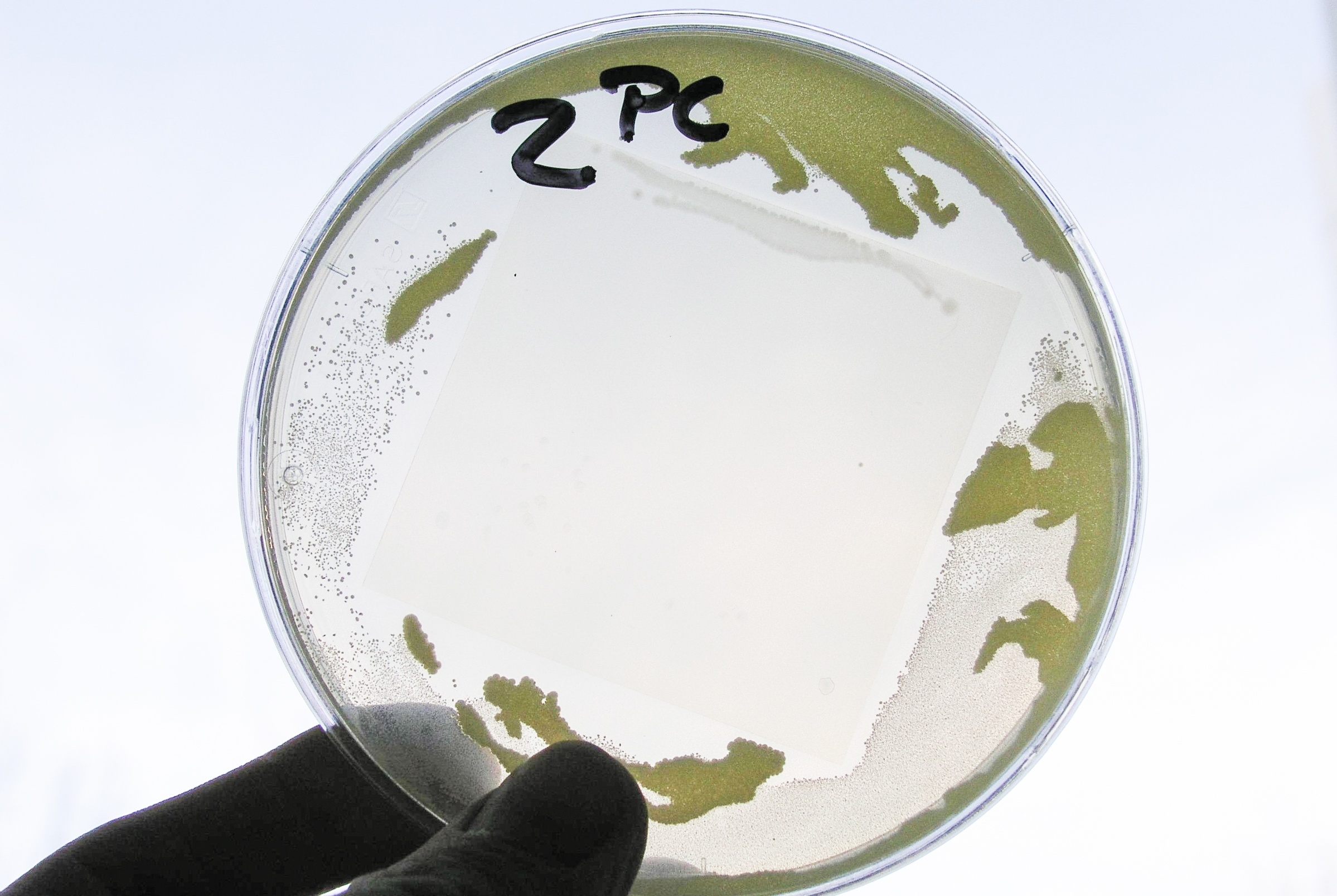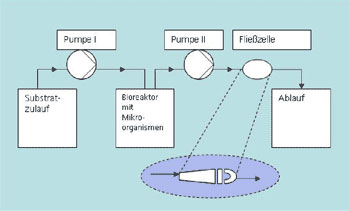At Fraunhofer IGB, we apply different standardized microbiological detection and assessment methods for the detection of microorganisms.
According to the object of investigation (room air, surfaces, process media/water) different methods of sampling are applied. The samples are then processed and cultivated, or suitable test organisms are selected for the evaluation of surfaces and the colonization of components.
Various test methods are available at Fraunhofer IGB, which are used or combined with each other depending on the question that needs to be answered. In addition to standardized conventional methods, we have developed our own reproducible microbiological detection and evaluation methods and adapted them to different problems.
The main focus is on the analysis of treated water for microbial germs for the assessment of drinking water quality and the development of new measuring methods for the detection of microorganisms in different liquids.
Based on microbiology, process engineering and/or molecular biological working methods, we also develop and establish test procedures for customer-specific issues. This also includes the construction of technical test setups for application-oriented investigations and questions.
 Fraunhofer Institute for Interfacial Engineering and Biotechnology IGB
Fraunhofer Institute for Interfacial Engineering and Biotechnology IGB
